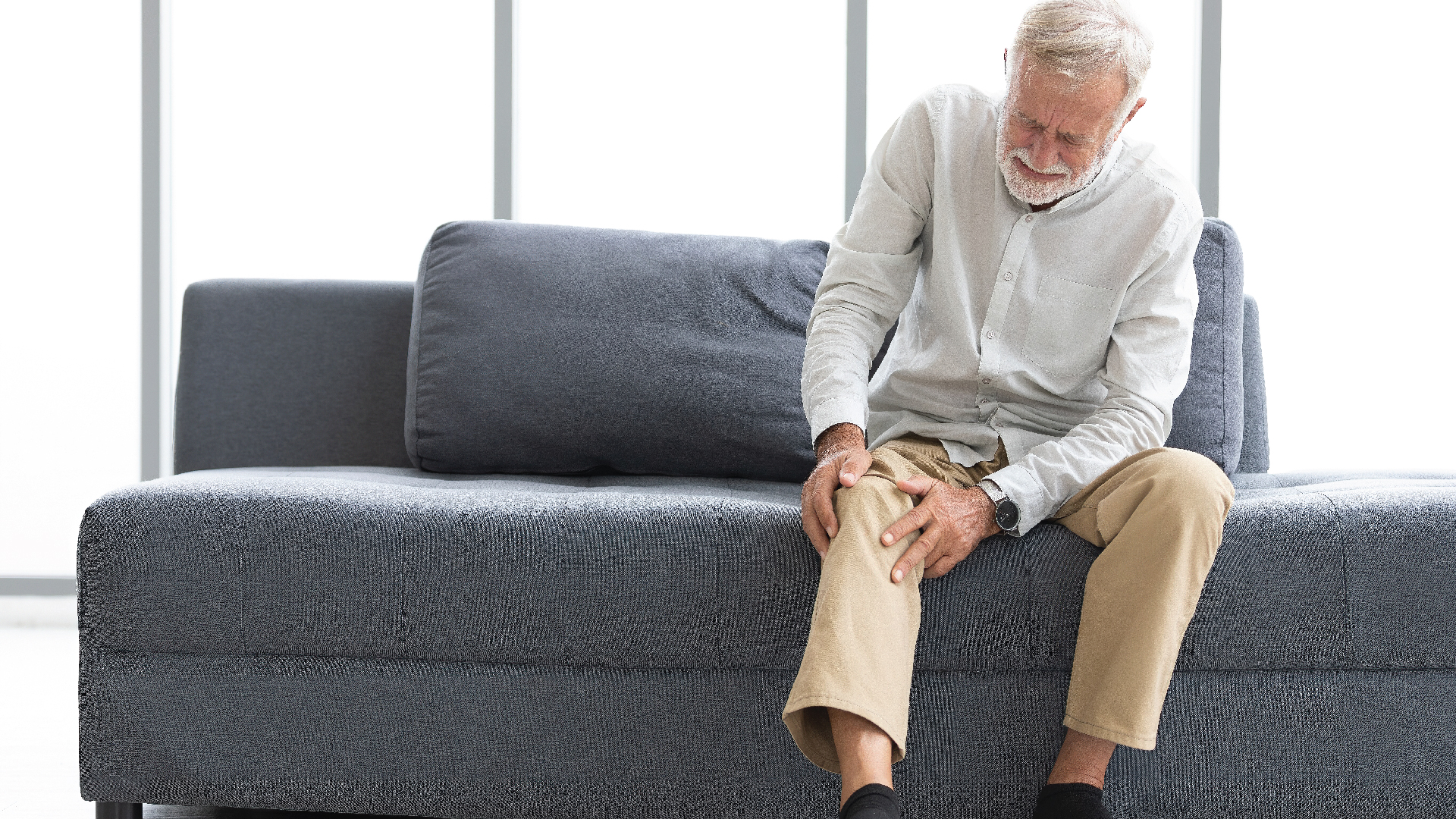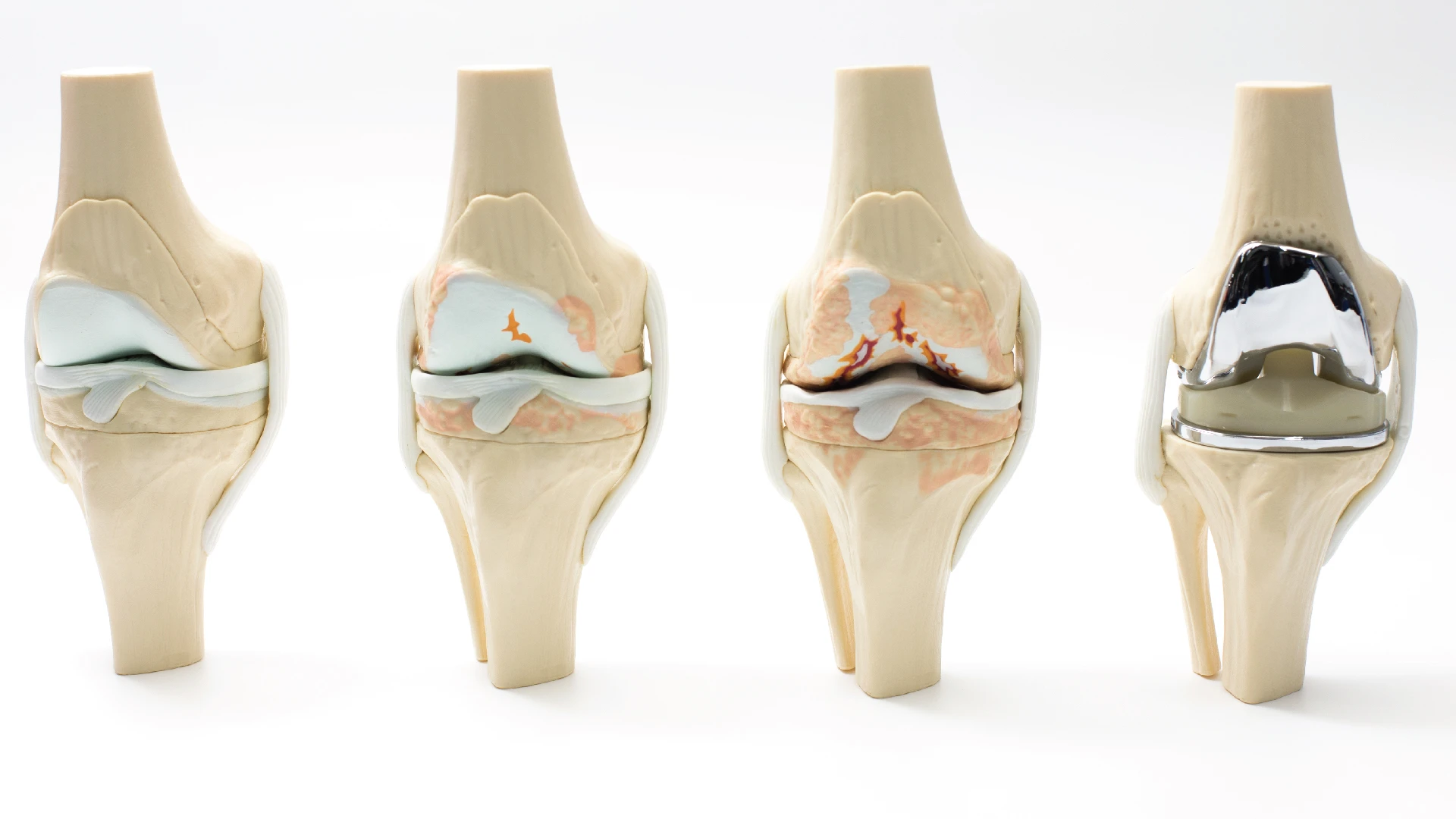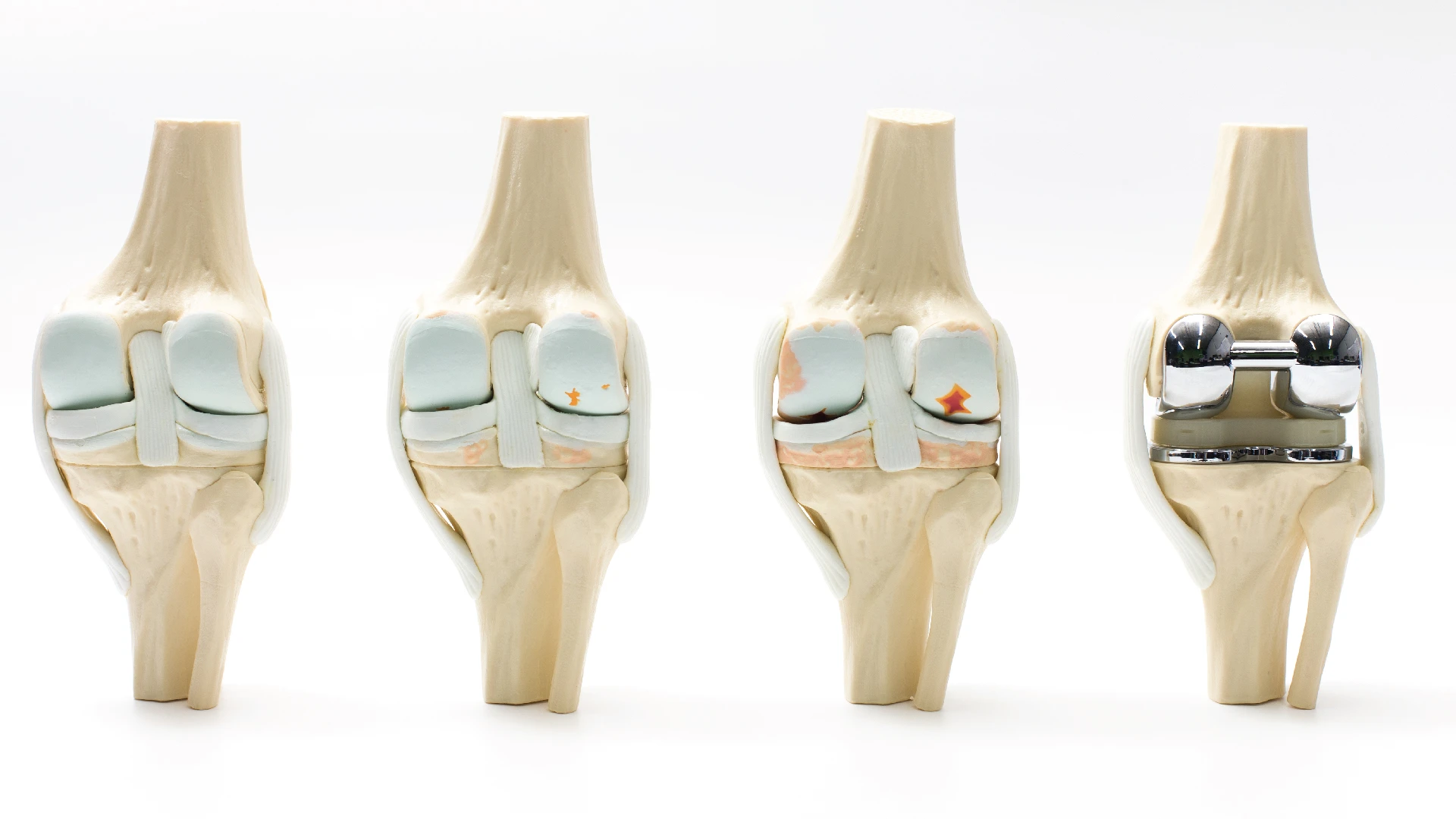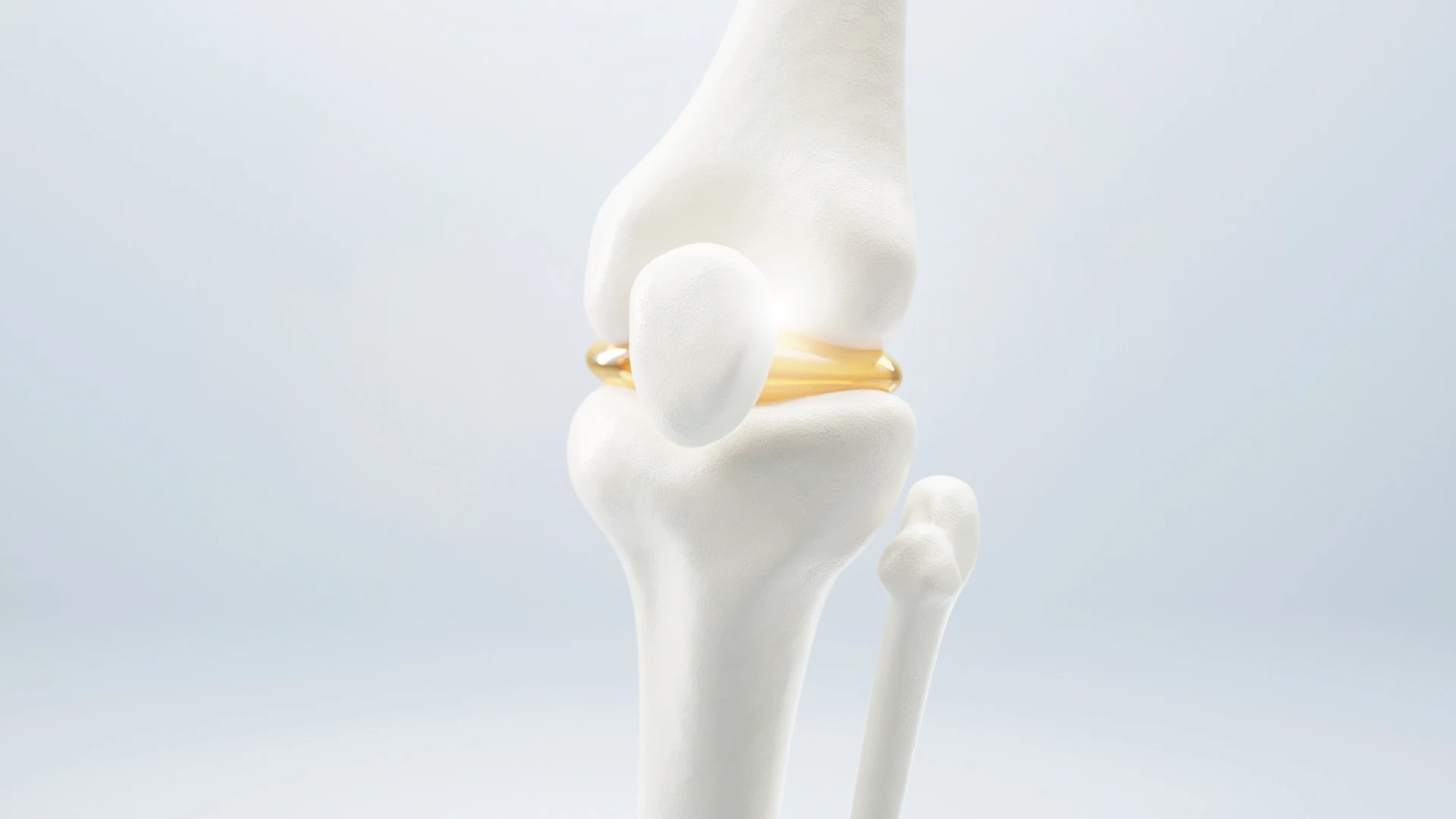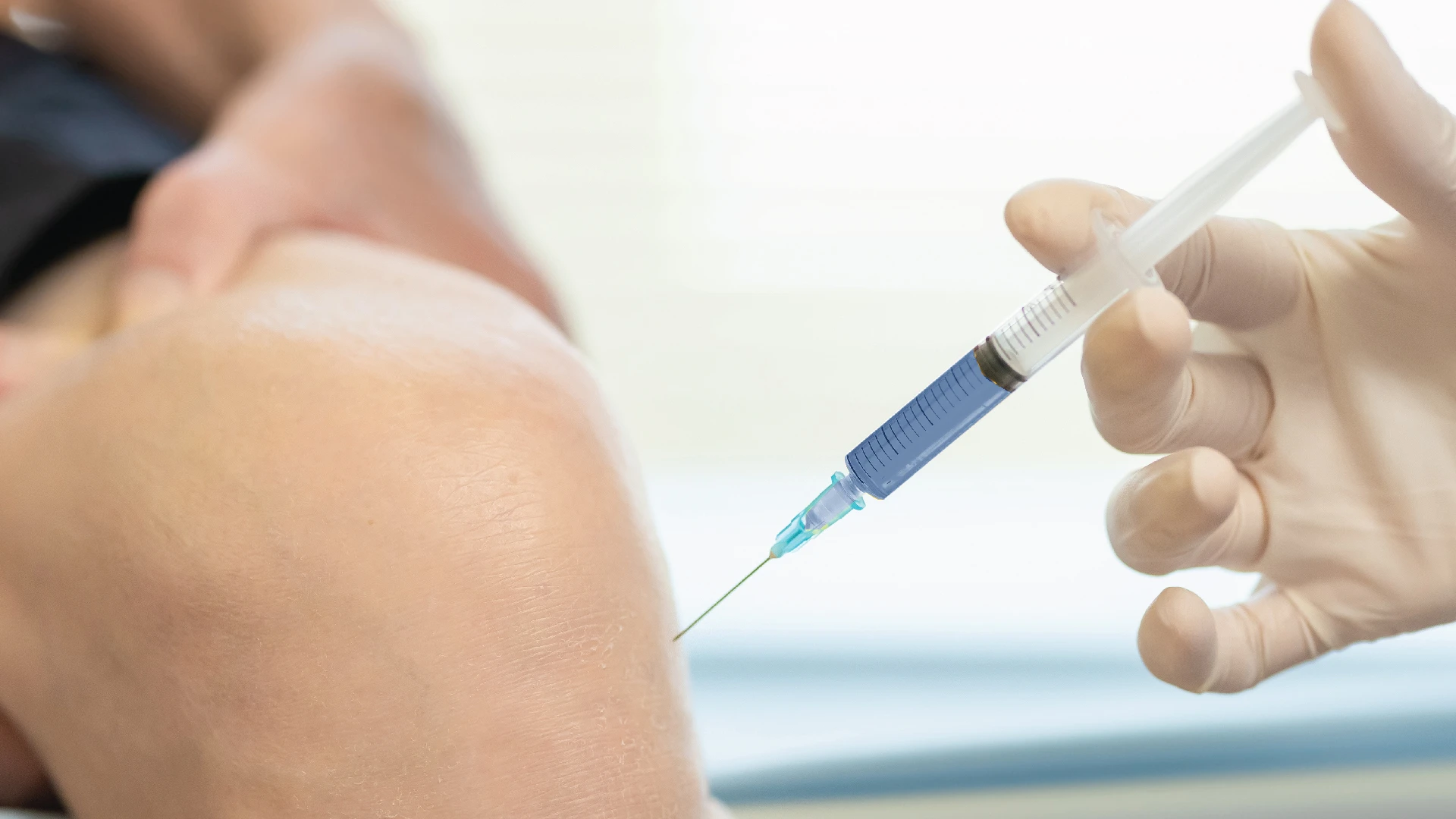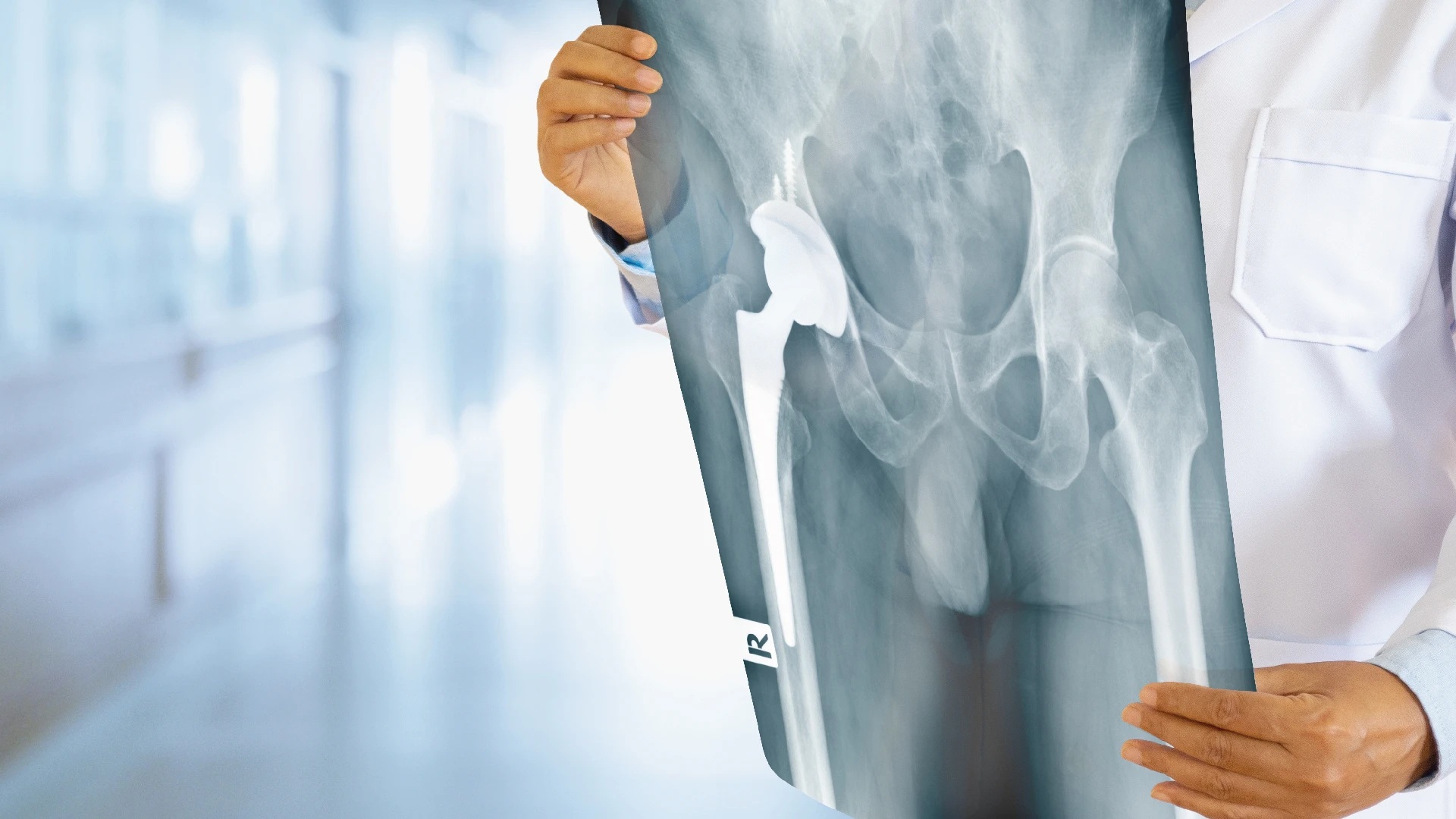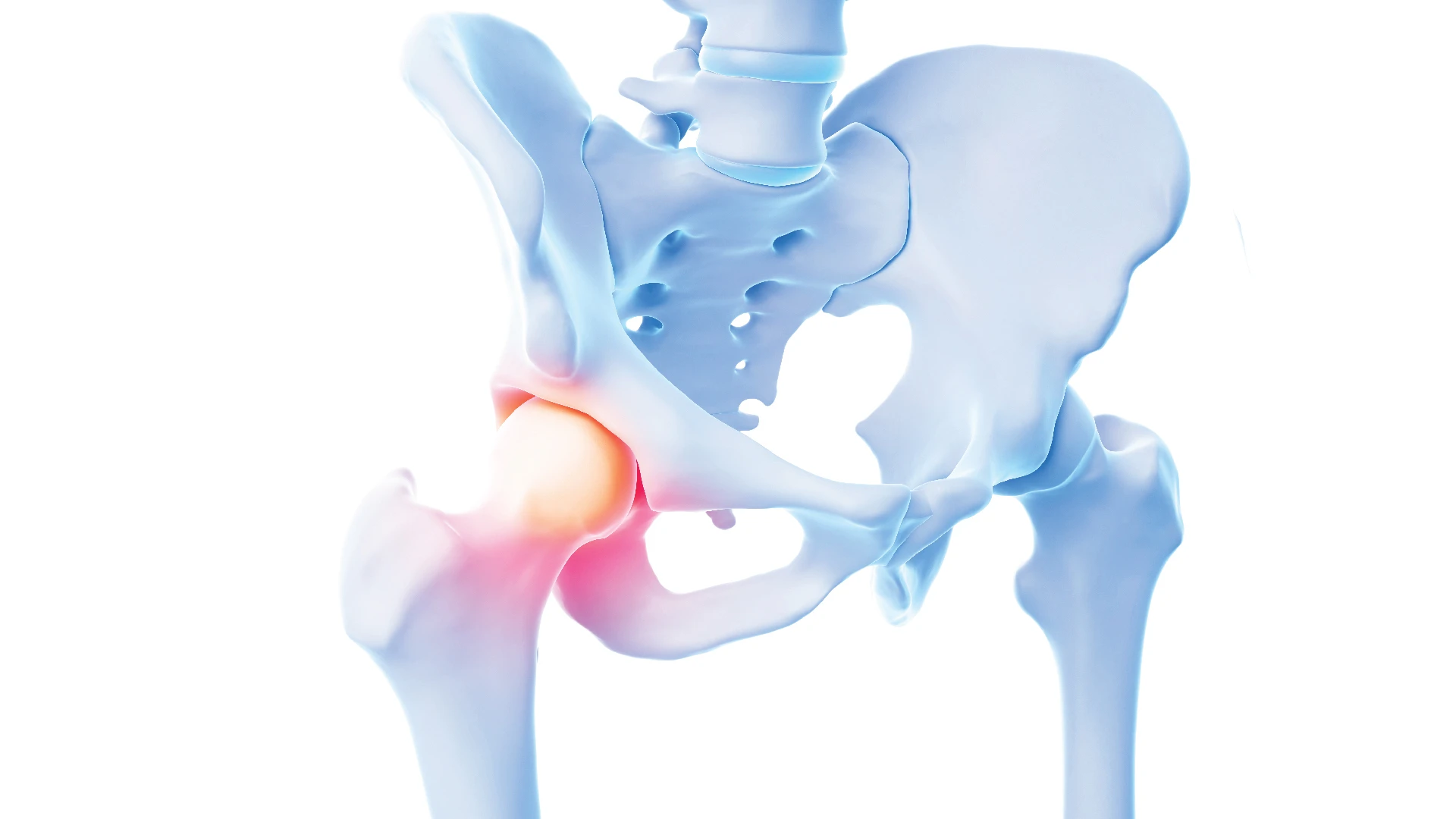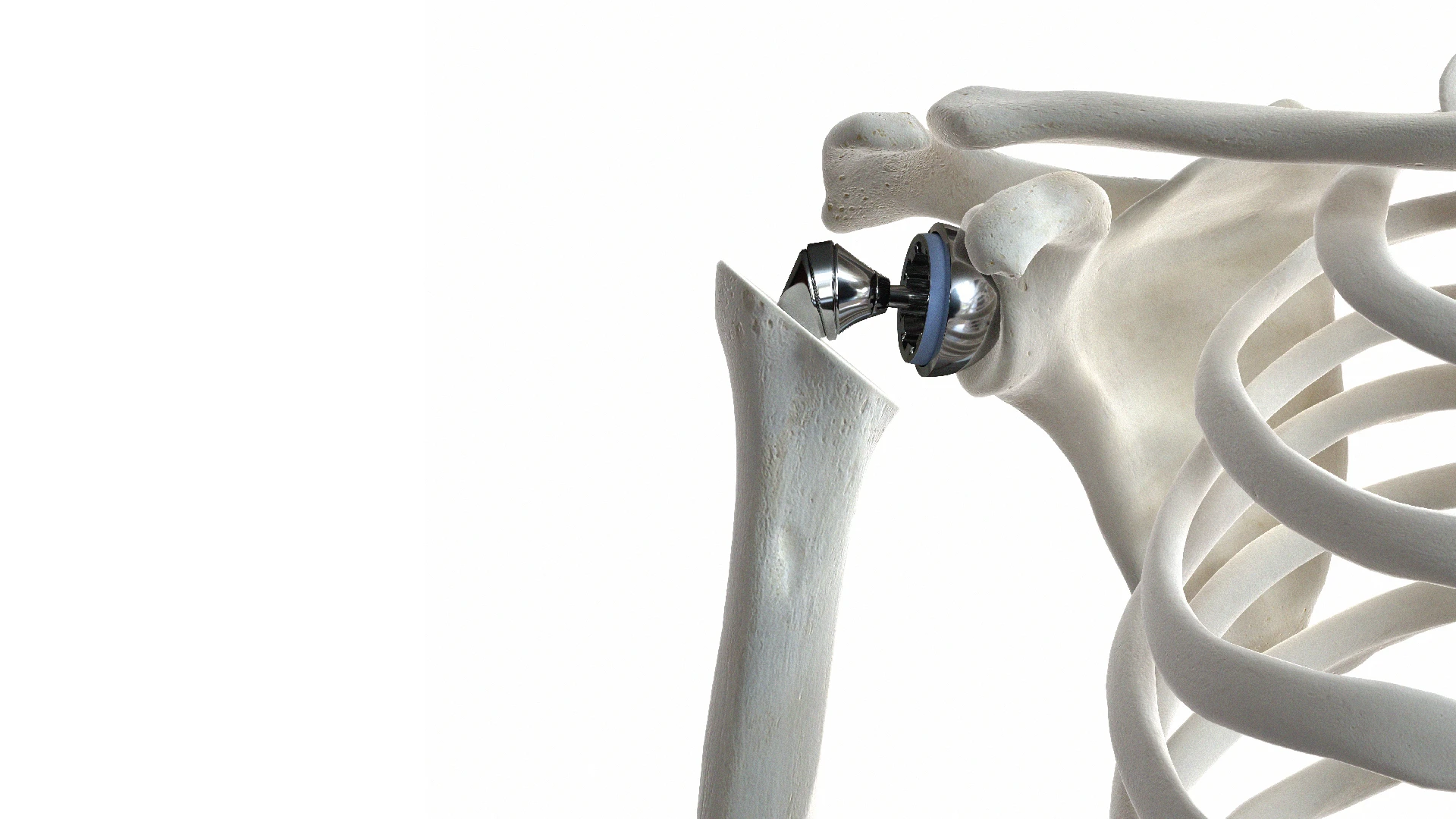รู้จัก โรคข้อเข่าเสื่อม : ที่ไม่ใช่แค่เรื่อง "ปวดเข่า"


มีใครบ้างที่ไม่เคยปวดเข่า? หลายคนเริ่มจากความรู้สึกตึงเบาๆ ตอนลุกจากเก้าอี้ เดินไกลหน่อยก็ล้าเหมือนเดินมาเป็นชั่วโมง พอเป็นบ่อยขึ้นก็บอกตัวเองว่า “อายุมากแล้วคงธรรมดา” ทั้งที่ในความเป็นจริง… อาจไม่ใช่แค่ความชรา
เพราะพฤติกรรมเล็กๆ ที่ทำซ้ำทุกวัน อาจเป็นต้นเหตุที่ทำข้อเข่าเสื่อมก่อนวัย เราจะมาทำความรู้จัก “โรคข้อเข่าเสื่อม” ให้มากขึ้น กับบทความนี้
โรคข้อเข่าเสื่อมคืออะไร
ข้อเข่าเสื่อม (Knee Osteoarthritis) คือโรคที่เกิดจากการเสื่อมของกระดูกอ่อนผิวข้อเข่า ซึ่งทำหน้าที่สำคัญในการลดแรงกระแทก และช่วยให้การเคลื่อนไหวของข้อเข่าเป็นไปอย่างราบรื่น เมื่ออายุเพิ่มขึ้น หรือมีการใช้งานข้อเข่าที่หนักและต่อเนื่อง ผิวข้อที่เคยเรียบลื่นจะเริ่มบางลงและเกิดรอยสึก น้ำหล่อเลี้ยงข้อที่เคยมีบทบาทช่วยหล่อลื่นก็ลดลง ทำให้ผิวกระดูกในข้อเริ่มเสียดสีกันโดยตรง แรงเสียดทานเหล่านี้จะสะสมจนทำให้เกิดอาการเจ็บ ปวด ฝืด ในข้อเข่า และเมื่อโรคพัฒนาไปในระดับที่รุนแรง ความเสื่อมจะลุกลามจนข้อเริ่มผิดรูป ข้อทรุด และอาจสูญเสียความสามารถในการเดินหรือเคลื่อนไหวได้เหมือนเดิม
สาเหตุของโรคข้อเข่าเสื่อม
สาเหตุของโรคข้อเข่าเสื่อมสามารถแบ่งออกได้เป็น 2 กลุ่มหลัก ตามลักษณะของการเกิดโรค คือ ข้อเข่าเสื่อมปฐมภูมิ ซึ่งพบในผู้สูงอายุที่ใช้งานข้อมาอย่างยาวนาน และข้อเข่าเสื่อมทุติยภูมิ ที่พบมากขึ้นในคนวัยทำงานซึ่งมีปัจจัยแวดล้อมบางอย่างเร่งให้ข้อเสื่อมเร็วขึ้น เช่น อุบัติเหตุ หรือ โรคที่เกี่ยวกับข้อเข่า
หนึ่งในสาเหตุหลักคือ อายุ เมื่ออายุมากขึ้น ผิวข้อที่เคยเรียบลื่นจะบางลง น้ำหล่อเลี้ยงข้อลดลง กล้ามเนื้อรอบเข่าก็เริ่มอ่อนแรง ความเปลี่ยนแปลงเหล่านี้ทำให้ข้อเคลื่อนไหวไม่ลื่นไหล เกิดแรงเสียดทานสะสม จนกลายเป็นอาการปวด
นอกจากอายุแล้ว เพศ ก็มีผลเช่นกัน โดยเฉพาะผู้หญิงหลังหมดประจำเดือน ซึ่งระดับฮอร์โมนเอสโตรเจนที่เคยปกป้องข้อเข่าจะลดลง ทำให้ไวต่อแรงกดมากขึ้น และเสื่อมเร็วกว่าผู้ชาย
อีกปัจจัยสำคัญที่มักถูกมองข้ามคือ น้ำหนักตัว ยิ่งน้ำหนักมาก แรงกดที่ลงสู่ข้อเข่าก็ยิ่งเพิ่มขึ้นทุกก้าวเดิน และเมื่อไขมันในร่างกายมากเกินไป มันจะกระตุ้นให้ร่างกายหลั่งสารอักเสบ ที่เร่งให้ผิวข้อเสื่อมเร็วขึ้น
แม้ กรรมพันธุ์ จะไม่ใช่ตัวการหลัก แต่หากคนในครอบครัวมีประวัติโรคข้อเข่าเสื่อม ก็อาจจะเพิ่มความเสี่ยงให้กับคนในบ้านได้
และสุดท้ายคือ พฤติกรรมซ้ำๆ ในชีวิตประจำวัน การยืนนาน นั่งผิดท่า ยกของหนัก หรือนั่งพับเพียบ ขัดสมาธิบ่อยๆ ล้วนส่งผลให้ข้อเข่ารับแรงกดในมุมที่ไม่เหมาะสม จนผิวข้อเริ่มสึกอย่างช้าๆ โดยที่เราไม่ทันระวังตัว

สัญญาณปวดแบบไหนที่ต้องรีบพบแพทย์
แม้โรคข้อเข่าเสื่อมจะเริ่มจากอาการเล็กๆ แต่หากเริ่มมี อาการปวดเข่าเรื้อรัง โดยเฉพาะขณะเดิน ขึ้นลงบันได หรือหลังใช้งานหนัก, เหยียด หรือ งอเข่าไม่สุด และ มีเสียงกรอบแกรบในข้อขณะเคลื่อนไหว นี่คือ สัญญาณเตือนว่าข้อเข่าของคุณกำลังเสื่อม
แนวทางการรักษาข้อเข่าเสื่อม
แพทย์จะพิจารณาตามระดับความรุนแรงของอาการ หากยังอยู่ในระยะเริ่มต้น อาจจะแนะนำให้เริ่มจากการปรับพฤติกรรม ควบคุมน้ำหนัก ใช้ยาลดการอักเสบ ร่วมกับการทำกายภาพบำบัด แต่หากอาการเริ่มส่งผลกระทบต่อชีวิตประจำวัน เช่น เดินลำบาก หรือปวดบ่อยขึ้น การฉีดยาเข้าข้อ เป็นอีกทางเลือกที่จะช่วยซ่อมแซมส่วนที่สึกหรอ ในกรณีที่ข้อเข่าเสื่อมรุนแรงและไม่ตอบสนองต่อวิธีอื่น การผ่าตัดจะเป็นทางเลือกที่เหมาะสม เช่น ส่องกล้องซ่อมแซมผิวข้อ หรือเปลี่ยนข้อเข่าเทียม ที่โรงพยาบาลเอส เราใช้เทคนิคที่ล้ำสมัย โดยการนำหุ่นยนต์ช่วยผ่าตัด เพิ่มความแม่นยำ ช่วยให้ผู้ป่วยฟื้นตัวและกับมาเคลื่อนไหวได้เร็วขึ้น
การถนอมข้อเข่าก่อนสายเกินไป
แม้ข้อเข่าเสื่อมจะดูเหมือนเป็นเรื่องของวัย แต่ความจริงคือ เราสามารถชะลอได้ หากเริ่มดูแลตั้งแต่เนิ่นๆ แค่ปรับเปลี่ยนพฤติกรรมเสี่ยง และหมั่นเสริมความแข็งแรงของกล้ามเนื้อ จะช่วยให้ข้อเข่าของคุณแข็งแรง และเคลื่อนไหวได้อย่างมั่นใจไปอีกนาน
Read More
Related Services

No. 2102/9 Ladprao Road, Wang Thonglang Subdistrict, Wang Thonglang District, Bangkok 10310
Call : 02-034-0808Our Services
Quick Menu
Copyright © 2025 S Spine and Joint Hospital. All right reserved


